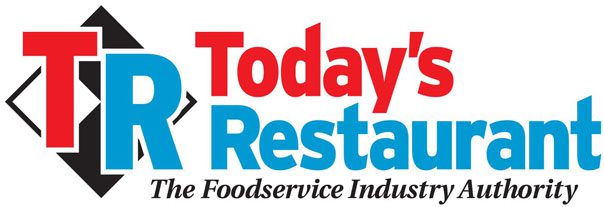
Leading a Restaurant Team Without Culinary or Management Expertise
By Paul Segreto
The role of today’s restaurant owner transcends conventional leadership paradigms. It’s a realm where the absence of traditional culinary or managerial expertise doesn’t preclude one from steering the enterprise to success. Instead, it’s the art of delivering positively memorable experiences that defines leadership success in this industry, emphasizing the essence of leading from behind.
The Power of Trust and Delegation
At the heart of this leadership style is trust — a commodity as valuable as the finest ingredients in any kitchen. An owner’s ability to trust their staff’s expertise is pivotal. It’s about recognizing the strengths of each team member, whether it’s the creative flair of the chef, the operational acumen of the general manager, or the front-line charisma of the service staff. By delegating responsibilities based on these strengths, an owner empowers their team, fostering a culture of ownership and accountability.
Earning Respect through Empowerment
Leadership, in the context of restaurant ownership, is less about direct control and more about guiding and inspiring. It’s a process of earning respect, not through authoritative command, but through the demonstration of faith in the team’s abilities. This approach cultivates a positive workplace environment, encouraging staff to take initiative and innovate, knowing they have the support and trust of their leader.
The Role of the Owner: Facilitator and Visionary
While the owner may not be the face behind the culinary creations or the day-to-day operations, they play a crucial role as the facilitator of the restaurant’s vision and culture. This involves setting a clear direction for the business, defining the values and standards by which it operates, and ensuring that every team member is aligned with these goals. The owner’s vision becomes the restaurant’s north star, guiding every decision and interaction within the establishment.
Leading from Behind: A Strategy of Inclusivity
Leading from behind is about embracing a leadership style that values inclusivity and collaboration. It’s about being the steady hand that guides the ship without needing to be at the helm at all times. This approach allows for the natural talents of the team to shine, fostering an environment where innovation and excellence are not just encouraged but expected. It’s a testament to the belief that a leader doesn’t need to be the most skilled person in the room but rather the one who can bring out the best in those around them.
Building a Brand through Authentic Connections
For those owners inclined to be the face of their brand, this leadership style doesn’t preclude visibility. Instead, it enhances it. By focusing on building genuine relationships with both staff and customers, an owner can create an authentic brand identity that resonates with people on a personal level. It’s about being present, listening, and engaging in a way that reinforces the trust and respect upon which the business is built.
Conclusion
Leading a successful restaurant isn’t predicated on possessing the highest culinary skills or the most extensive management experience. It’s about understanding the power of leading from behind — of trusting your team, empowering them to excel, and earning their respect through genuine, supportive leadership. In a business driven by the delivery of memorable experiences, this approach not only sets the foundation for operational excellence but also for a thriving, resilient brand.
(832) 797-9851 CEO & Founder
To read more great articles you can use, visit www.trnusa/blog
Make sure to see our new centerfold every month www.trnusa.com





Recent Comments